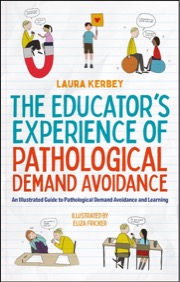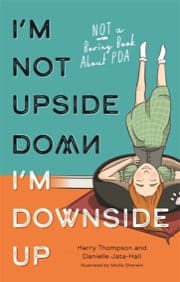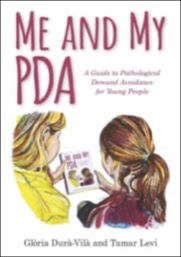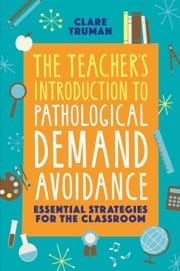
A dog filled celebration of what it means to be different - an affectionate look at Att...

Learn about PDA from an 11 year old's perspective: how simple, everyday demands can cau...

Concise, light-hearted intro to PDA for time-poor teachers, illustrated by the popular ...

Welcome to a day in the life of Ariana and experience what PDA is like from the inside

Beautifully illustrated guide helps young people with PDA to understand their diagnosis...

Illustrated storybook for children to recognise Pathological Demand Avoidance's feature...

Outlines effective and practical ways that teachers and school staff can support PDA pu...

Being a teenager is tricky at the best of times. Hormones are raging around your body -...